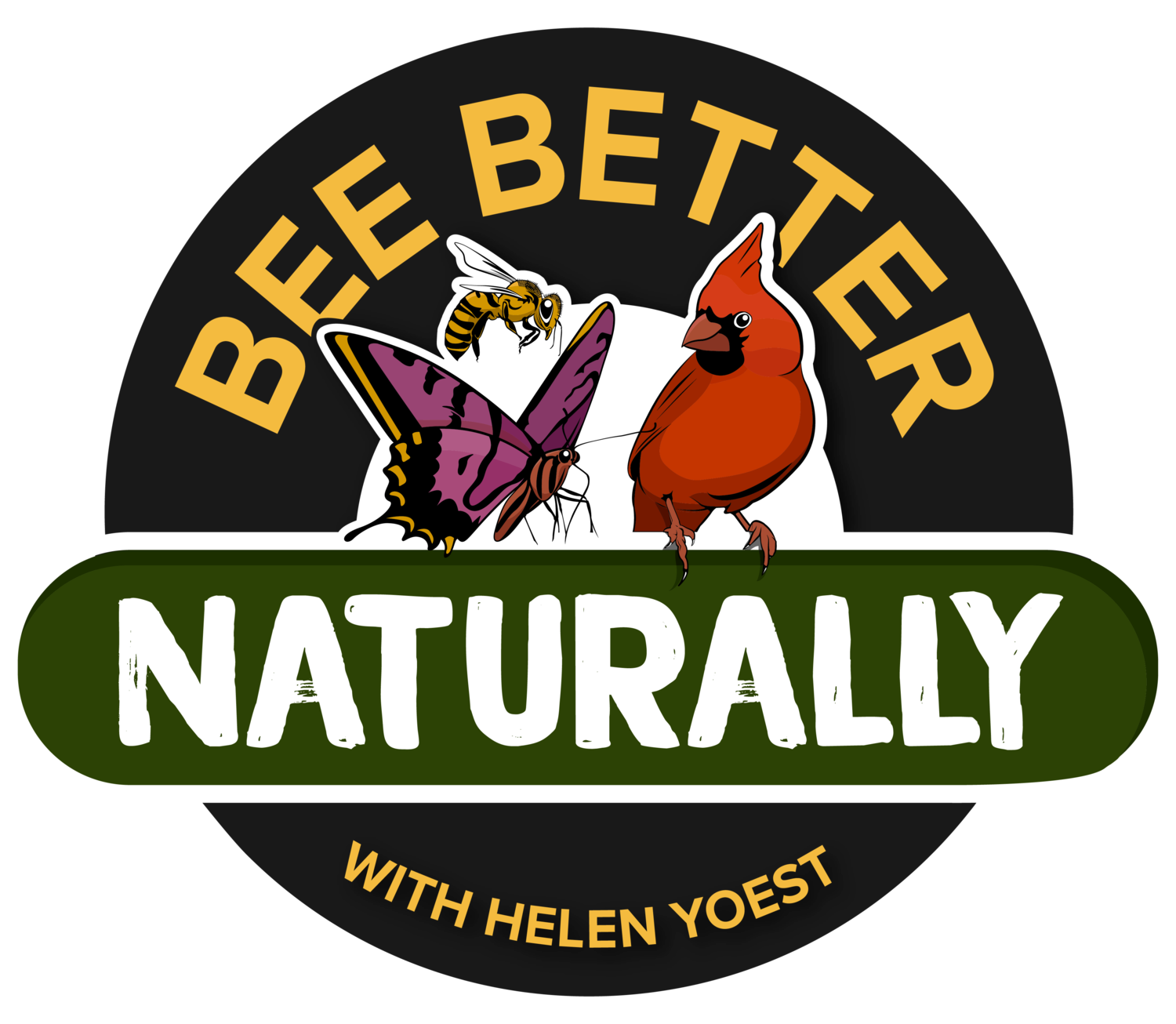We Americans tend to find broken things worthless. In our deposable society, if it’s chip, cracked, crushed, or tattered, we carry it to the trash. We even do so with our trees. Think about it; we have a tree that died. Now what? We call in the tree service to remove the tree. We may or may not grind the stump; this decision is most likely based on where it is. If the stump is easily accessed, then grinding is likely. Mind you, if it is easily accessed, it typically is in an unsightly place. Thurs, call in the grinder!!!
Photo by Juli Leonard
What if you understood the purpose of dead wood? Would you be more likely to keep a snag?
Snags are nothing more than dead trees that are left upright to decay naturally. With the tops removed and ensuring the snag isn’t in harm's way of yours and neighboring property as it decomposes, leaving a partial tree trunk has many benefits. It has wildlife value, and thus, not at all worthless, but wondrous!
Nationwide dead trees provide vital habitat for greater than 1,000 species of wildlife. For the wildlife, every part of a dead tree, in all stages of decay, provide benefits.
If your garden is a certified wildlife habitat, you know the process required reporting for food, water, shelter, and a place to raise their young. A snag provides all of these except a water source. Here are a few ways snags help our native wildlife:
Many wildlife are cavity dwellers, so snags provide shelter and a place raise their young, making their homes in hollow cavities and crevice including bats, birds, raccoons, and squirrels.
Deadwood becomes a food buffet for wildlife looking for a meal by attracting fungi, insects, lichens, and mosses. Hardwood trees, like maples and oaks, tend to make better nesting habitats. Softer wood, like pine, are better for food foraging. Snags also provide ideal hiding places when escaping predators. Additionally, tree holes, nooks, and crannies offer secret places for squirrels and other critters looking to store food.
Many birds such as hawks and eagles like to sit in good vantage points. A snag with a center trunk in the open is an excellent location for hunting prey.
KEEP SNAGS, SAVING LIVES
If you have read this far, I like to think this idea of keeping snags is something you’ll consider. Help Bee Better Naturally lead the charge! Despite the importance of snags to wildlife, homeowners typically want the dead tree removed. Indeed, most tree services recommend the removal of dead trees in an attempt to control pesticides and fungi, as well as aesthetic points of view. But remember, we at Bee Better are redefining BEAUTIFUL. Yes, a snag is beautiful while providing the example to share with visitors and friends.
FAQ
1) I’m often asked questions of note, like what about termites? Do you know termites naturally live in our ground? As long as the snag a stone’s throw away, or other measurable, reasonable distance from your home, termites and other pests won’t find their way into your home through a snag.
2) Can a property have too many snags? Well, that depends on your property size. On Bee Better Naturally Teaching garden, we currently have one that is nearly finished its nitrogen cycle (slowing breaking away in chunks.) We have another snag of a western pine. Western pines are better suited to colder climates, like the mountains of NC, so we lost her. We still had one for 20 year. I loved the cones. And finally, in the near future, we hope to add four more snags from living loblolly pine trees.
So you may be wondering when you should remove a snag. As mentioned above, make sure your dead wood isn’t resting on your one house; it becomes a bridge for too many pests. You also don’t want the snag to be in harm's way as it decays and falling on your home or your neighbor’s property. In both cases, you can consider moving the wood for its benefits laying down to use as a natural log.
Be the change. Be the example. Be the light. Leave a snag for your wildlife and better the environment.


